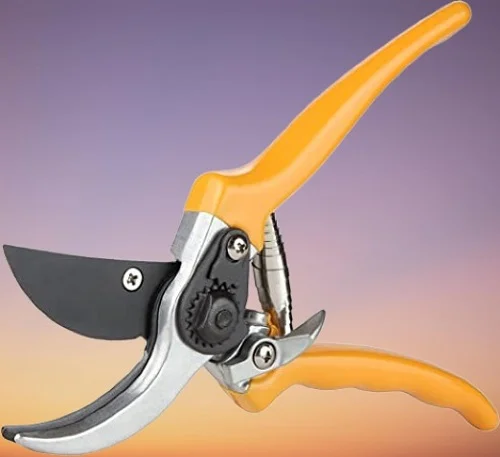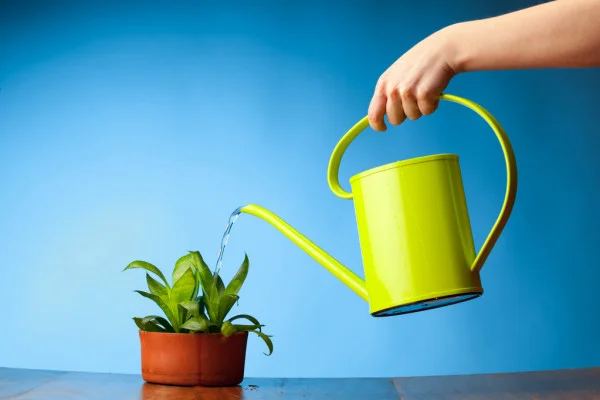How to Prune Houseplants - Pinching Off, Cutting Back and Trimming Houseplants
Some links in this post may be affiliate links

Pruning houseplants is meant to control growth of the houseplants, rejuvenate growth and keep the plant neat and attractive.
The various activities involved in pruning are important and they vary from houseplant to houseplant.
It is important to understand which activity is appropriate for your particular houseplant and also determine the result you want to achieve.
There are three major pruning activities. These are pinching out (stopping), cutting back and trimming.
Ensure that your pruning scissors (shears) are sharp to prevent excessive injury to the plant as they can act as a gateway for disease infestation.
Always disinfect the scissors before using from plant to plant to prevent the spread of diseases from one plant to the other.
Buy Quality Pruning Shears (Scissors) from Amazon
Houseplants Pruning Techniques
These pruning techniques vary from plant to plant. The suitablility of each technique is determined by the result you want to achieve. Read on for a better understanding of these techniques.
- Pinching Out (Stopping)
- Cutting Back
- Trimming
This is the removal of the growing tips. It can be done by snipping off the growing tips with the thumb and forefinger or clean scissors can be used to do so.
The main purpose of pinching is to encourage branching to produce a more bushy and compact houseplant.
It should be done when the plant is actively growing and the stem should have at least three leaves.
Always pinch above a node; the point where the leaf is attached to the stem to encourage branching to occur below the cut.
This involves more extensive cutting out of excessive growth by use of secateurs, scissors or a knife.
Cut out dead and diseased stems, crowded stems and all-green shoots on variegated houseplants.
Also, cut back over-long branches and old leafless stems.
Always make clean cuts at an angle of 450 and also avoid tearing the stems to minimize accumulation of water in the wound which can lead to fungal infection.
This is the removal of dead leaves, damaged parts and faded flowers.
This ensures the houseplant remains neat, clean and attractive and also minimizes pests and disease infestation.
Trimming dead flowers (dead-heading) will prolong the flowering period of many species.
Note: Never guess with pruning; some houseplants will fail to bloom if pruned, others will become overgrown and unattractive if not pruned. For houseplant specific pruning requirements, look it up in this Houseplants A-Z Guide.
You liked it? Share on social media.
Related Content
Amazon Associates Disclosure
Homeplantsguide.com is a participant in the Amazon Services LLC Associates Program, an affiliate advertising program designed to provide a means for sites to earn advertising fees by advertising and linking to amazon.com.


